Top hats were once the “tops” when it came to formal headwear, but they’ve since largely vanished. Why? We’ve identified six key reasons why top hats have largely disappeared from everyday menswear.
- 1. Changes in Silhouettes
- 2. Formal Dress Became Less Common
- 3. Top Hats Are Difficult to Manufacture
- 4. Top Hats Were Impractical to Store and Wear
- 5. Clothing Became More Equal
- 6. People Stopped Wearing Hats
- Can You Wear Top Hats Today?
- Styling a Top Hat
- Conclusion
- Frequently Asked Questions
- More Videos in Our “Why Did Men Stop…” Series
1. Changes in Silhouettes
The top hat first gained popularity between 1800 and 1830, evolving from the earlier Sugarloaf hat. Its tall, structured form and sleek silk finish complemented the frock coat, the dominant menswear silhouette of the Victorian era.

The taller the hat, the greater the prestige—leading to the even loftier stovepipe hat, famously worn by Abraham Lincoln as a way to enhance his statesmanlike image.

By the early 20th century, however, the lounge suit replaced frock coats as the standard of dress. With its shorter jacket and softer silhouette, the top hat suddenly seemed overly stiff and formal, making way for more relaxed styles like the bowler and homburg.
Menswear Evolution: 1800 to Today
2. Formal Dress Became Less Common
As menswear became more relaxed, the top hat was gradually confined to formal dress codes.
By the Golden Age of Menswear (1920–1965), top hats were primarily reserved for white tie and morning dress, while the rise of black tie attire, which did not require a hat, further eroded its relevance.

A defining moment came when John F. Kennedy removed his top hat during his 1961 inaugural address, a moment that symbolized the end of traditional headwear as a necessity.
As formality declined in ‘everyday’ fashion, the top hat became increasingly rare, surviving only in the most ceremonial settings.
3. Top Hats Are Difficult to Manufacture
Part of the appeal of top hats was their exclusivity. Each hat required precise bespoke craftsmanship, often using a device called a conformateur to ensure a perfect fit.
Traditional top hats were made from a rare silk plush, a special fabric that depended on lac bug shellac from India. Today, this special silk is no longer in production, making authentic vintage top hats incredibly rare.


Most modern versions are made from wool or fur felt, but they lack the signature sheen and structure of their historical counterparts.

Even when available, silk top hats were prone to fraying and cracking, requiring extensive care—something that became increasingly impractical as clothing trends favored durability and ease of maintenance. With dwindling demand, silk top hats became rarities, turning well-preserved vintage models into coveted collector’s items.
Learn the origins of casual style!
4. Top Hats Were Impractical to Store and Wear
Top hats were not only difficult to make but also inconvenient to store and maintain. Their rigid structure meant they couldn’t simply be tossed on a shelf or folded away like a soft felt hat.

Marcel Proust
In Search of Lost Time
In his magnum opus, In Search of Lost Time, Marcel Proust recounts how, in the late 19th and early 20th centuries, men at social gatherings often stored their top hats on the floor because there wasn’t enough table space to accommodate them.
This widespread inconvenience led to the creation of the collapsible opera hat, also known as the chapeau claque (named for the sound it made when opened) or the gibus (after its inventor, Antoine Gibus). The hat’s ability to fold down flat made storage much easier at venues like the opera or formal events. However, the repeated folding and unfolding weakened the structure, limiting the hat’s durability over time.


Transportation also played a role in the decline of the top hat. In the horse-drawn carriage era, top hats had ample headroom, but as automobiles evolved, lower ceilings made them impractical. Getting in and out of a car while wearing a rigid, oversized hat was simply not convenient for the modern man.
5. Clothing Became More Equal
In the 19th century, top hats symbolized wealth and aristocracy, worn by businessmen, politicians, and members of high society. This association with power and prestige persists today—after all, Rich Uncle Pennybags (the Monopoly Man) still sports a top hat as a signifier of old-money excess.
However, World War I and II fundamentally reshaped attitudes toward fashion. With wartime rationing and postwar austerity, people prioritized practicality over ostentation.

'Do with less': A call to support the war effort through practical living.

'Make It Do': A call to conserve clothing during wartime shortages.

Wartime rationing encouraged mindful shopping and practicality.
Elaborate clothing that reinforced class distinctions—such as morning coats, tailcoats, and top hats—began to disappear from everyday life. By the 1950s, black tie had largely replaced white tie, eliminating the last common setting where top hats were standard.
6. People Stopped Wearing Hats
For much of history, hats were considered an essential part of a gentleman’s wardrobe, but by the late 1950s and early ‘60s, this long-standing tradition began to fade.
The Peacock Revolution of the 1960s and ‘70s further encouraged self-expression in fashion, steering younger generations away from rigid formalwear.

By the 1970s, even once-common styles like the fedora were seen as eccentric, making the top hat practically extinct. From this point on, the average person would only see top hats in:
- Museum exhibits
- Old photographs of historical figures
- Among the very old-fashioned or members of ‘Old Money’ circles
- Costumes worn by entertainers, magicians, and musicians
- Cartoon characters often depicted as wealthy, eccentric, or villainous

Can You Wear Top Hats Today?
The short answer: Yes, but only in the right setting.
A top hat remains the perfect finishing touch for properly executed white tie attire. It is still worn in settings such as:
- Royal Ascot
- Vienna opera ball
- Japan & UK formal weddings
- Scandinavian academic ceremonies
During our Fort Belvedere Bash event in the fall of 2023, several guests astounded us with their exceptional top hats, proving that, while rare, they can still make a striking statement in the right setting.

However, finding an authentic silk plush top hat is no easy task. Well-preserved vintage models—particularly in larger sizes (7 ⅜ or bigger)—can cost tens of thousands of dollars. Even collapsible models, like Raphael’s European vintage find, require effort to acquire.
Where to Buy Top Hats
For those wanting to wear a top hat today, vintage options or collapsible opera hats offer the best chances. Here are some reputable top-hat retailers to consider:
- Lock & Co. Hatters (UK) – One of the world’s oldest hatmakers, offering luxury fur felt top hats.
- Christys’ London – Well-known for their classic formal hats, including wool felt top hats.
- Top Hatters (Vintage & Collectibles) – For those seeking authentic vintage silk plush models, vintage stores and auction houses like Etsy, eBay, and Christie’s Auctions may have high-quality, restored pieces.
Styling a Top Hat

In today’s outfit, I’m, of course, wearing a top hat. As mentioned, it is a vintage collapsible model that Raphael picked up at a vintage store. To wear the top hat properly, I needed to pair it with white tie. As such, I’m wearing a vintage midnight blue tailcoat ensemble from around the late 1930s to perhaps the early 1940s.
The ensemble is cut with a true Golden Age silhouette, and the wide lapels on the jacket are faced in silk grosgrain. The trousers are exceptionally high-waisted and feature a single galon stripe down the side. Many of the remaining elements in my ensemble come from the vintage reproduction brand out of the UK, Darcy Clothing. These include my formal evening shirt with its stiff front, single cuffs, and detachable collar, as well as much of the hardware I’m wearing in the shirt, including the cufflinks, shirt studs, and collar studs.
Also from Darcy Clothing is my backless white Marcella waistcoat and the studs within it. I’m wearing a vintage white linen pocket square in my breast pocket, and the remainder of my accessories come from Fort Belvedere. These include my self-tied white bow tie, also in Marcella (or piqué), my large dark red carnation boutonniere, and my black silk over-the-calf socks.
Rounding out the ensemble today are my vintage opera pumps from Allen Edmonds. For fragrance, I’m wearing “Quattro Roso” (or “Four Roses”) from the Roberto Ugolini collection. Its spicy floral character pairs beautifully with evening ensembles, and it doesn’t hurt that the color of the bottle harmonizes nicely with the boutonniere I’m wearing.
For this fragrance, the accessories I’m wearing, and a wide array of other classic men’s accessories—as well as corduroy trousers and other fragrances from the Ugolini collection—you can take a look at the Fort Belvedere shop here.
Conclusion
Top hats are a timeless but highly niche accessory. While they remain a staple of white tie ensembles, their rarity and impracticality have made them more of a collector’s item than a practical wardrobe addition.
Do you wish top hats would make a comeback? Do you own one (or more, like Raphael)? And do you ever get the chance to wear one?
Let us know in the comments below!
Frequently Asked Questions
Why aren’t top hats worn anymore?
Top hats aren’t worn anymore because they are highly situational, difficult to source and maintain, and can be very impractical to wear on a consistent basis.
Can I wear a top hat today?
Top hats can still be worn at the most formal of events where morning dress or white tie dress codes are still employed.
Where can I get a top hat?
Modern manufacturers make wool or fur felt top hats, but authentic silk plush ones are exclusively vintage.
Is it weird to wear a top hat?
While top hats are exceedingly rare to see and almost never used in daily wear anymore, they can be completely appropriate under the right dress codes.
Just like the top hat, many once-essential menswear staples have faded from everyday fashion. From wigs to waistcoats, style has evolved for reasons ranging from practicality to social change. Explore more of these fascinating shifts below!



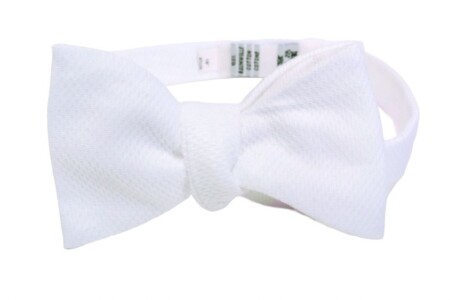
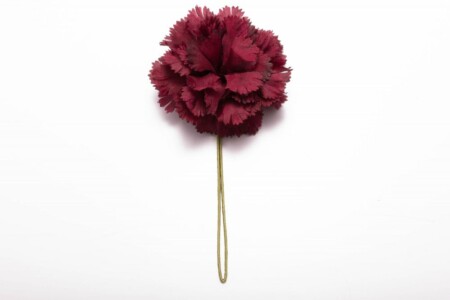
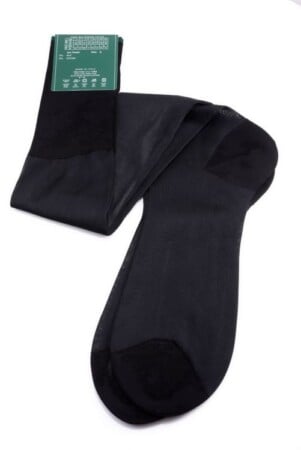
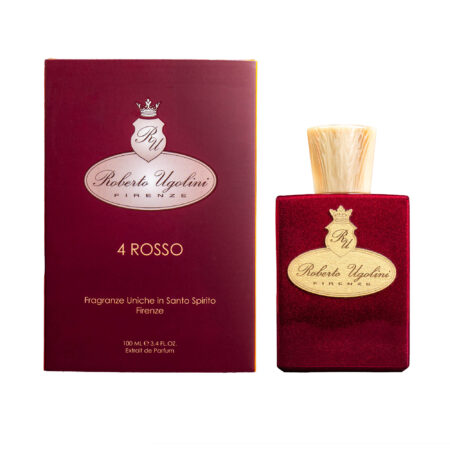



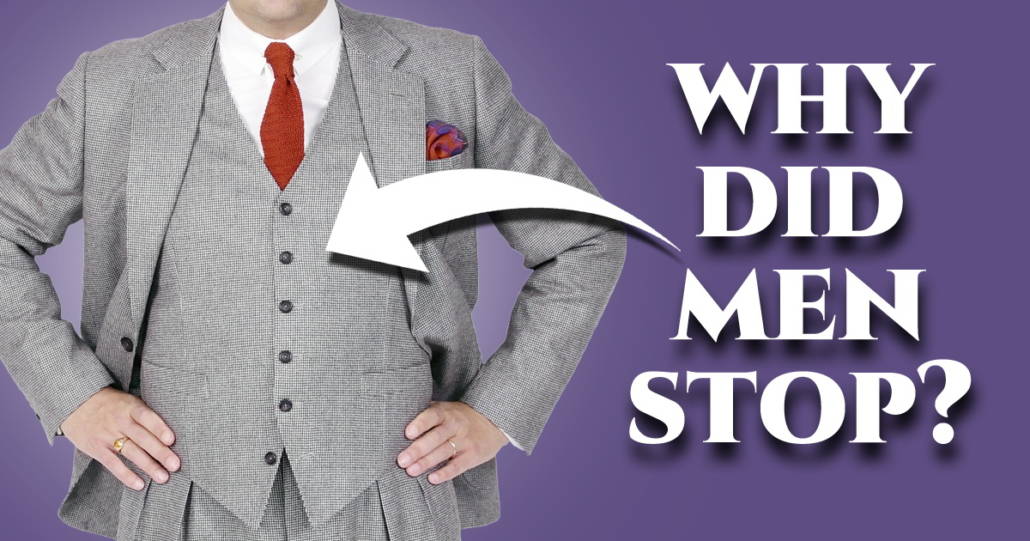

It’s not just top hats. Up until just over 100 years ago, men from all classes would not seen in public without a hat; even people sleeping rough would still wear one. These days, the most that men will opt to put on their heads is a baseball cap or a beanie, more for practicality than fashion.
Indeed, we’ve previously spoken about why men stopped wearing hats as a more general topic.
Don’t forget beaver fur! Before silk, the original toppers were fur. Since they were out by the 1830’s, even harder to find than silk.
I have a top hat. I got it before my wife and I danced at the 2015 Opera Ball in Vienna. The Opera Ball is held on Thursday before Ash Wednesday. The dress code for men, including the TV camera operators, is white tie and tails. Since I am an attorney, we danced at the Justice Ball on Saturday.
As a Side Note, one of the women at the opera ball demonstrated why strapless dresses are not recommended for swing dancing. Many photographers were present because the Opera Ball is a very important event and caught the wardrobe malfunction.
I happily own a beautiful plush silk top hat that I found at an antique store. I estimate that it is about 130 or so years old. It is outwardly in great shape and very clean. Inside, the silk lining has deteriorated and the leather band is still in excellent condition. Sadly, at one point in it’s life, someone decided to add a decoration of some kind to the center of the front. That decoration is long gone however, a thumbtack size hole remains. From a distance it is not noticeable. From close by it detracts. If any of you Gentlemen have any repair recommendations, please let me know.
Stay dapper,
Victor
Gentlemen,
In my haste to post a comment, I neglected to properly edit my writing. The hole in the front of my top hat is the diameter of a thumbtack’s pin, not a full thumbtack’s diameter. Again, if any of you have any repair recommendations, please let me know.
Kind regards,
Victor
I’d never wear a silk hat for the obvious reason that I can’t afford one. Even if I could afford one, there is no place on earth I could go where I’d be expected to wear such headgear.
perhaps there may be a revival in store for the top hat after the baseball cap wearing villain in the first Kingsman movie was advised to acquire one at Lock and Co before appearing at Royal Ascot.
On the storage side, even the round boxes for their storage was also costly and almost impractical.